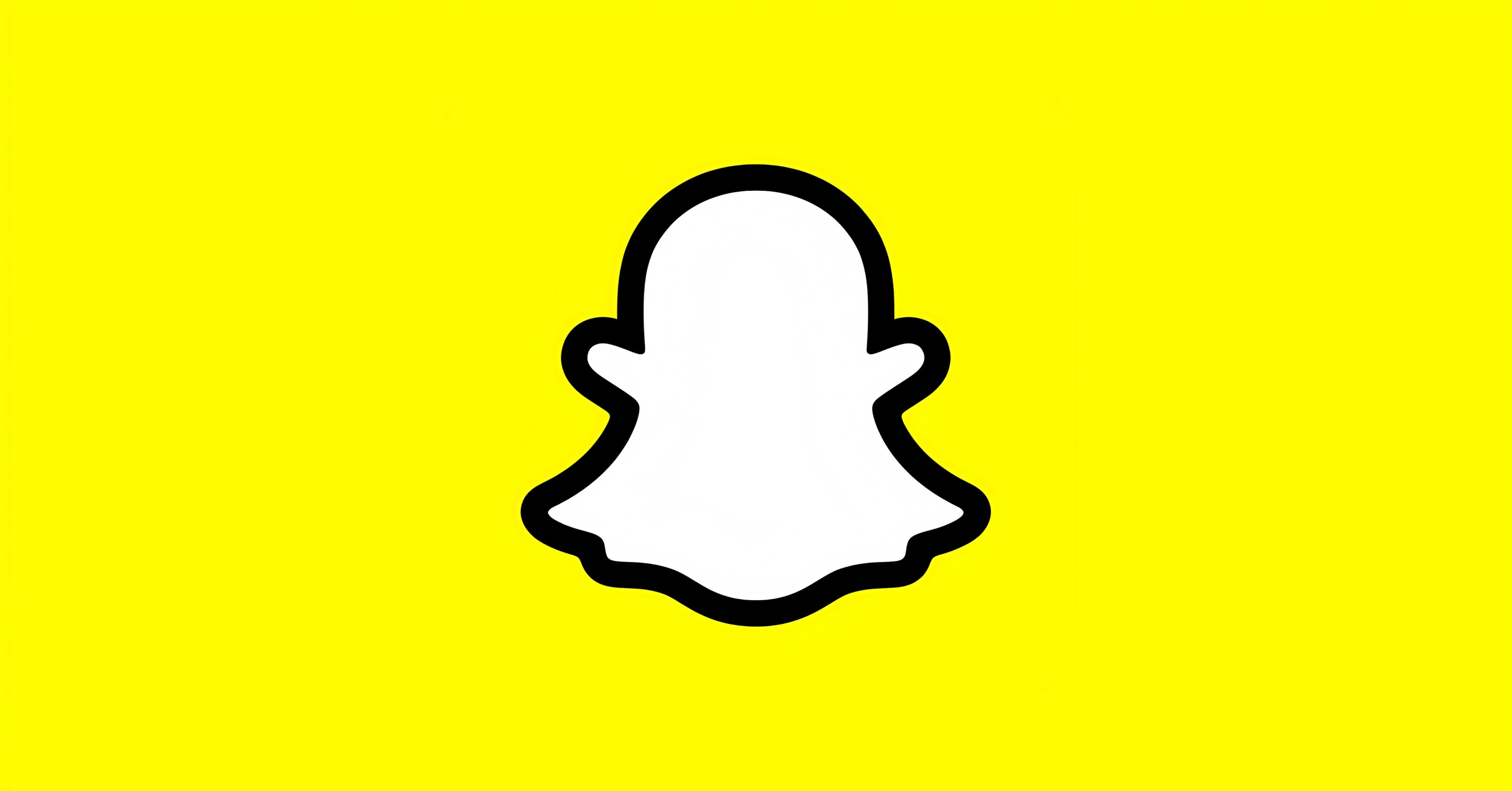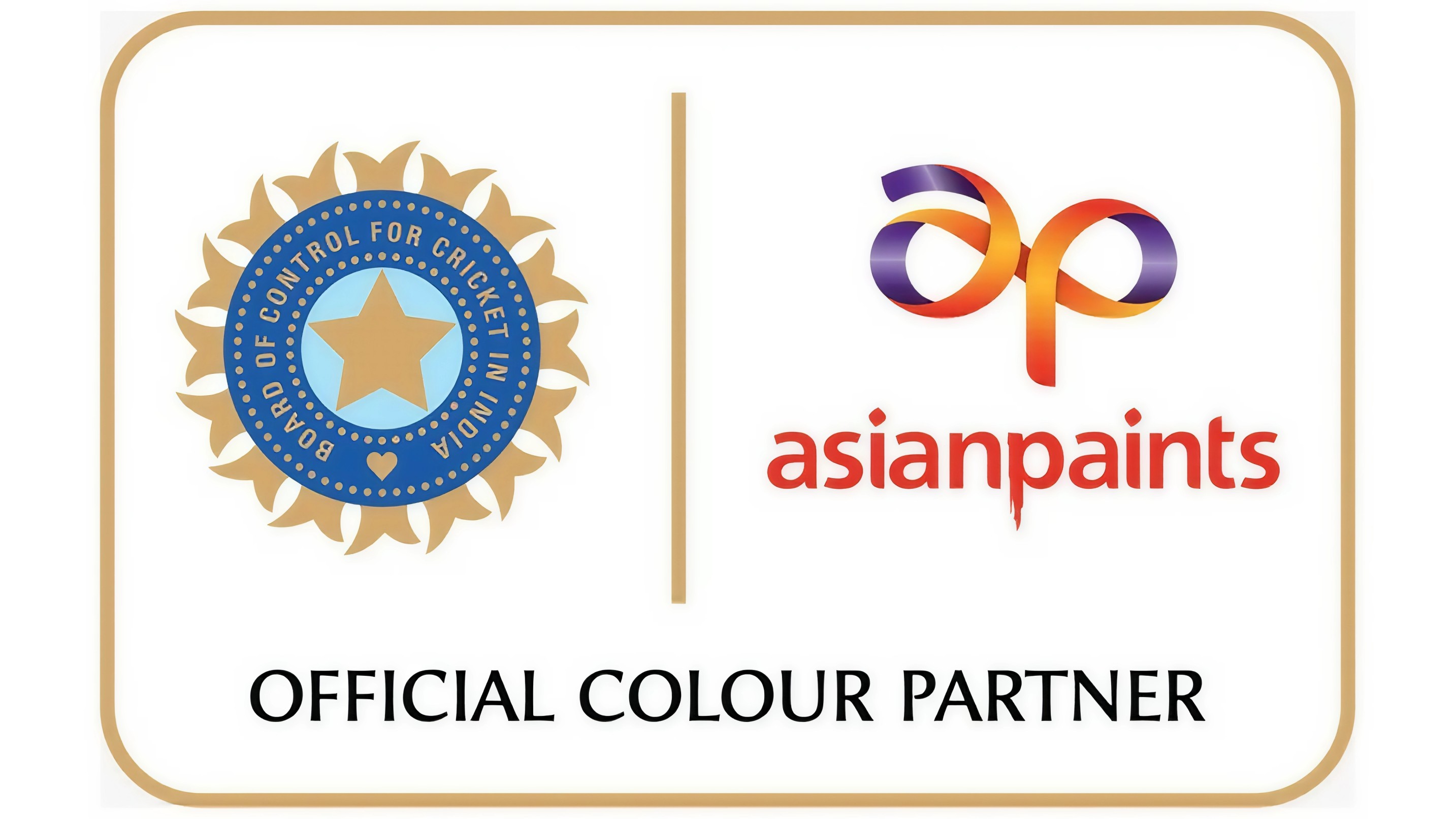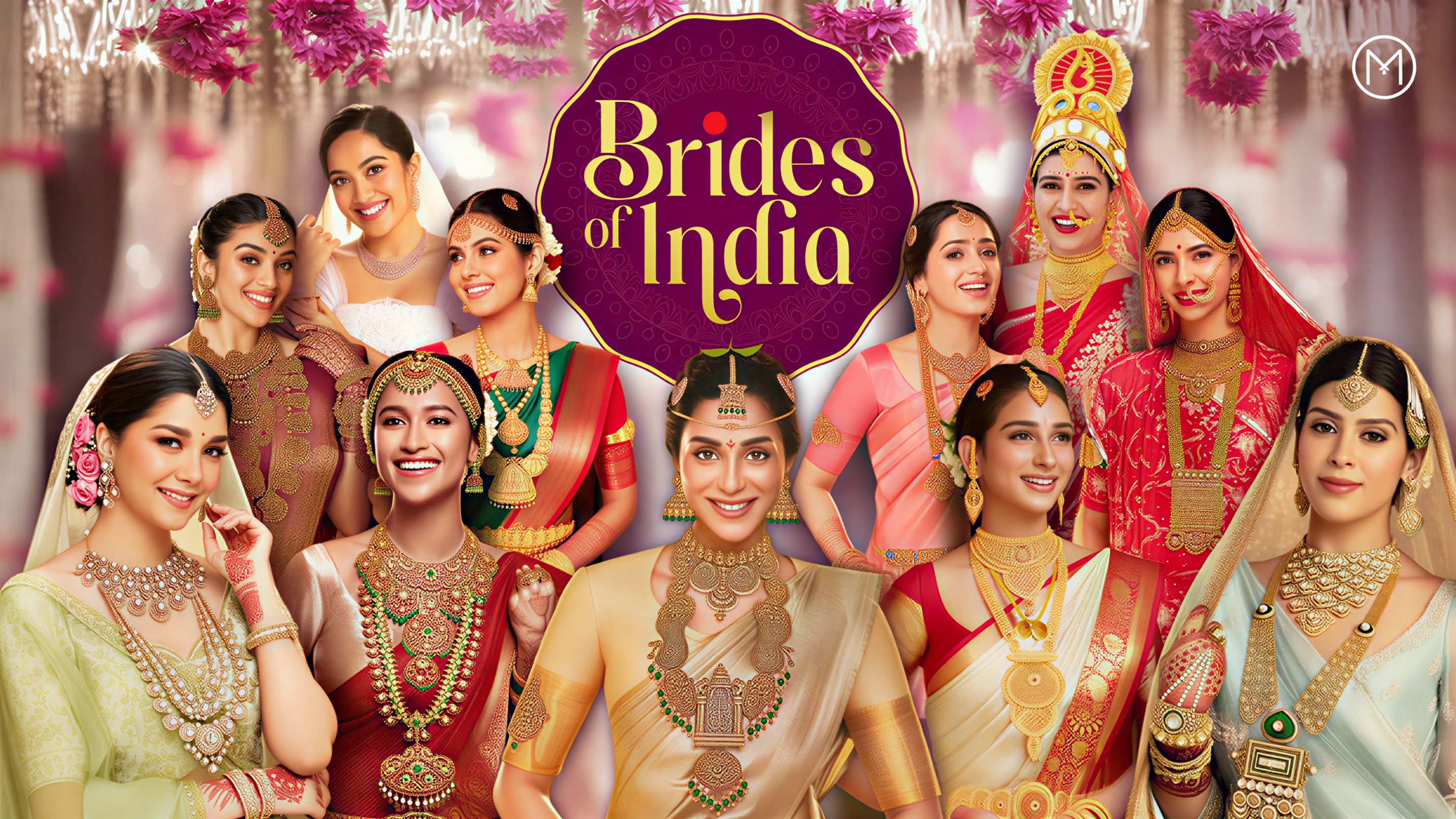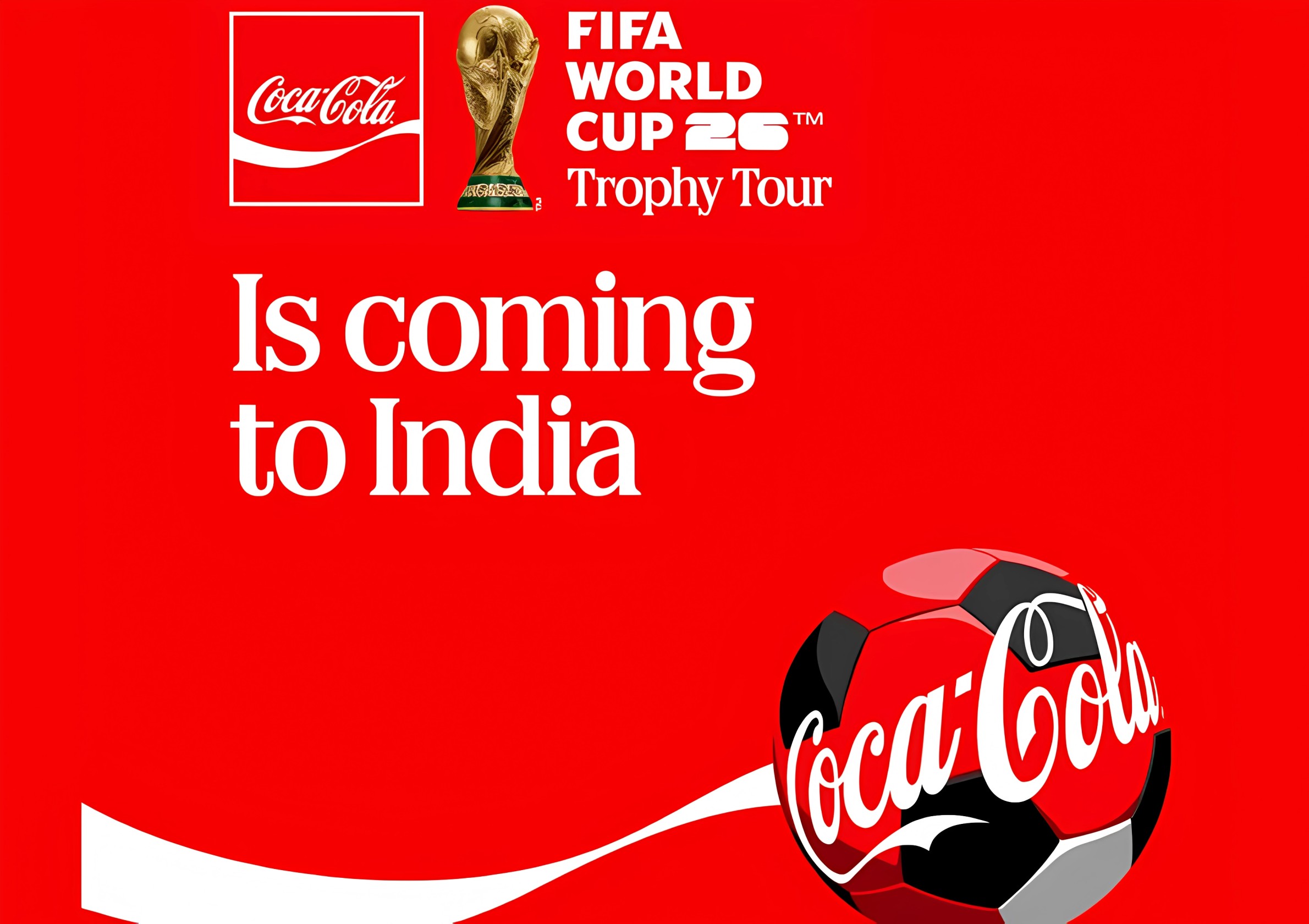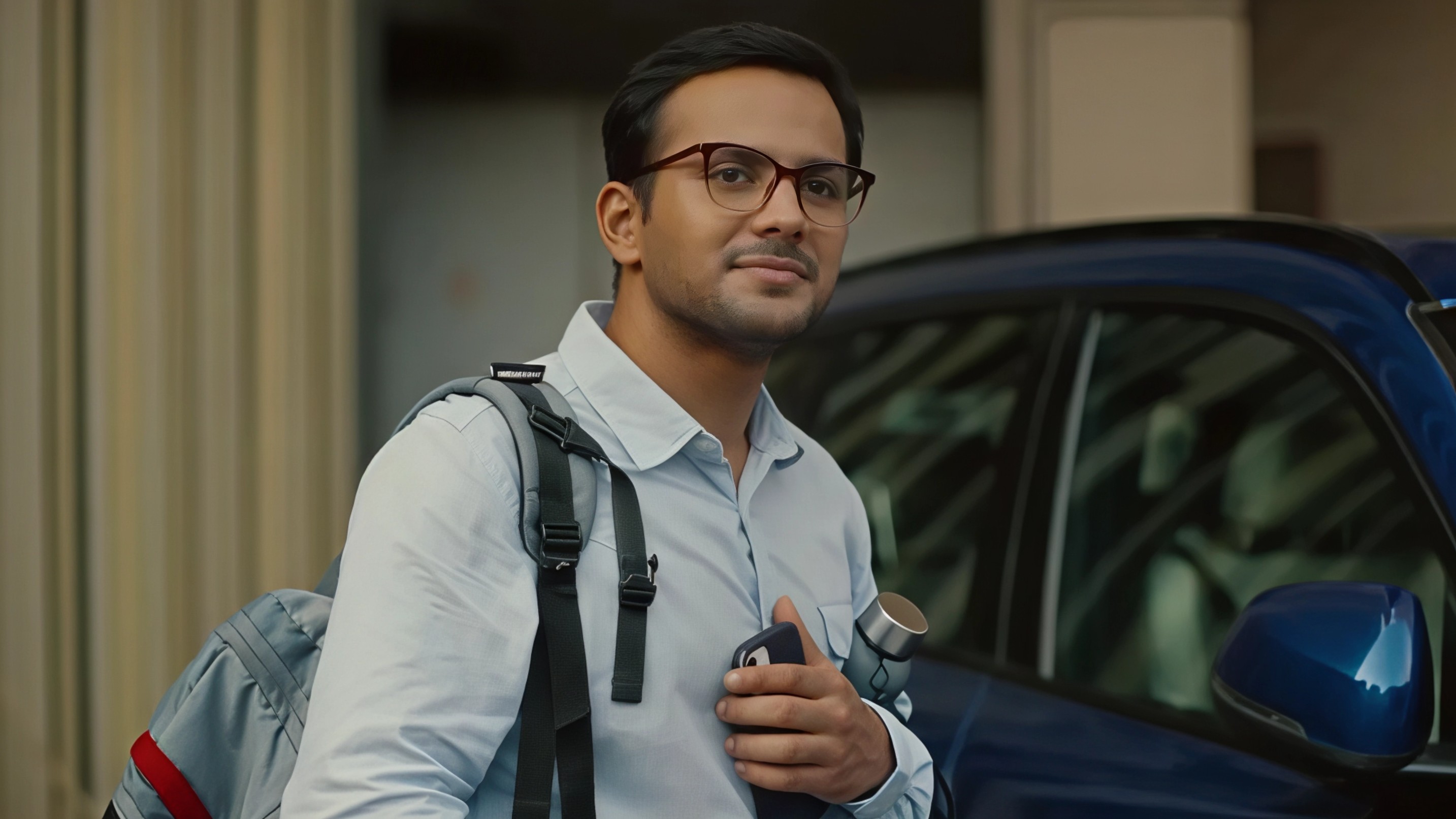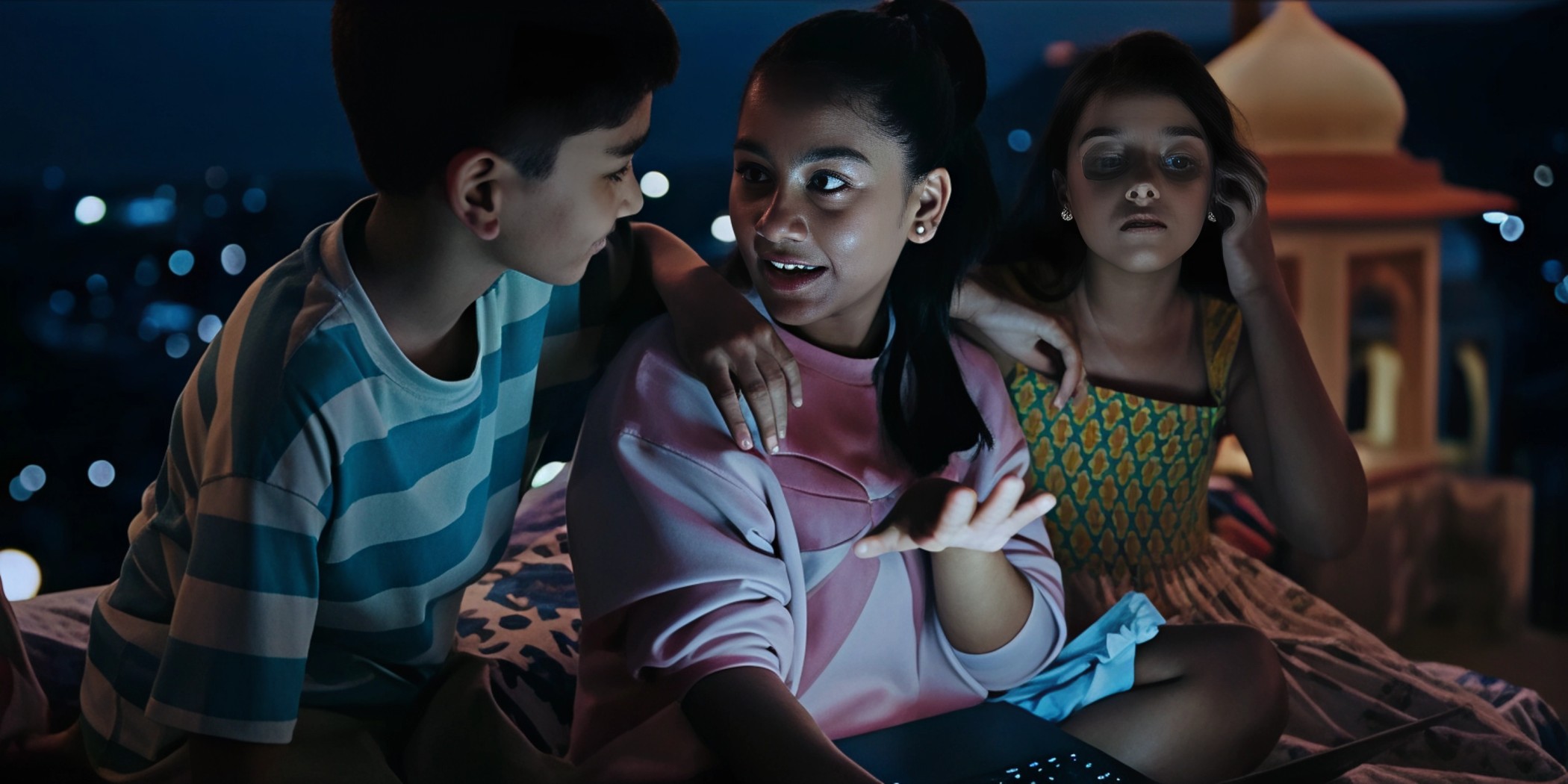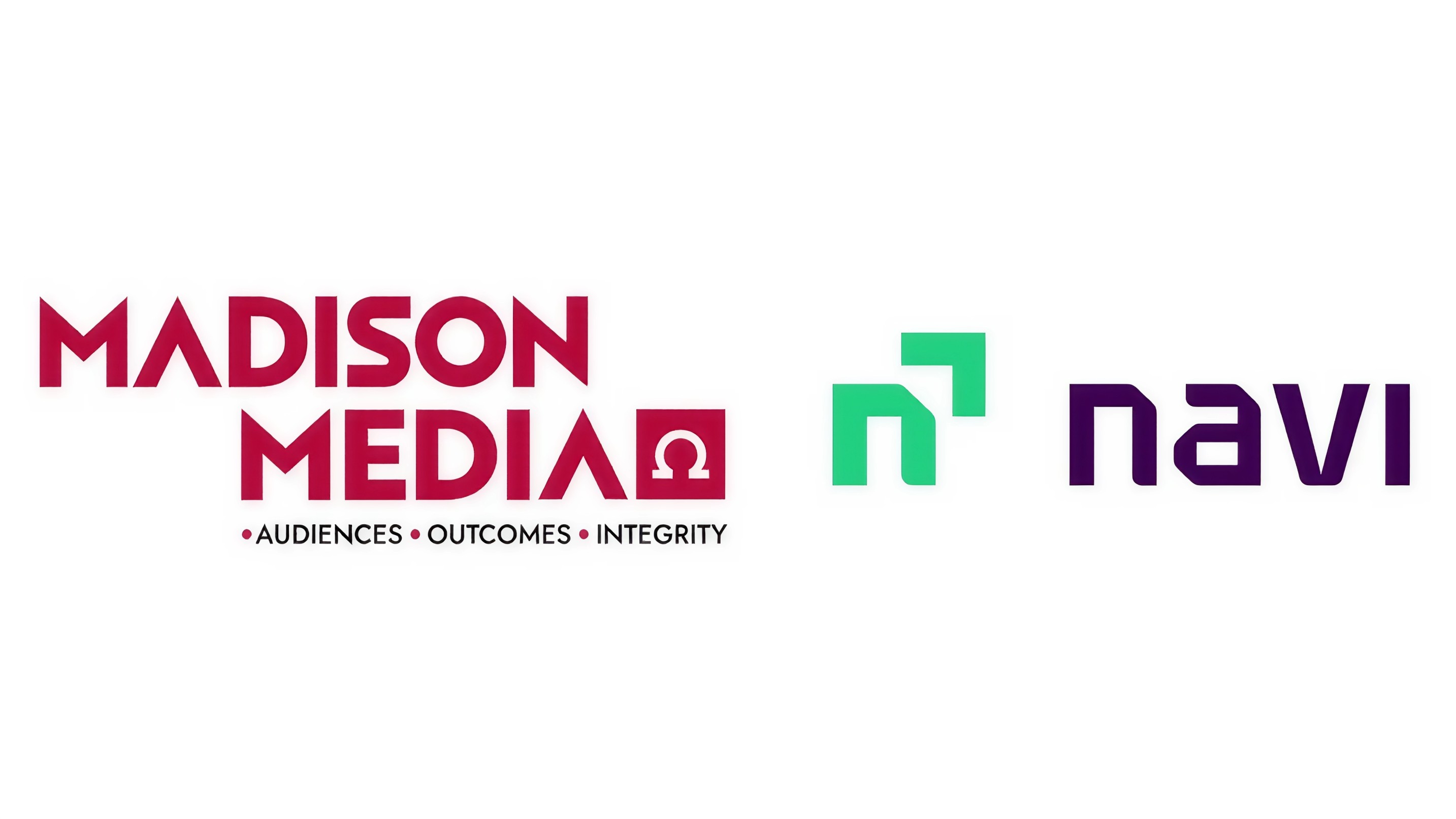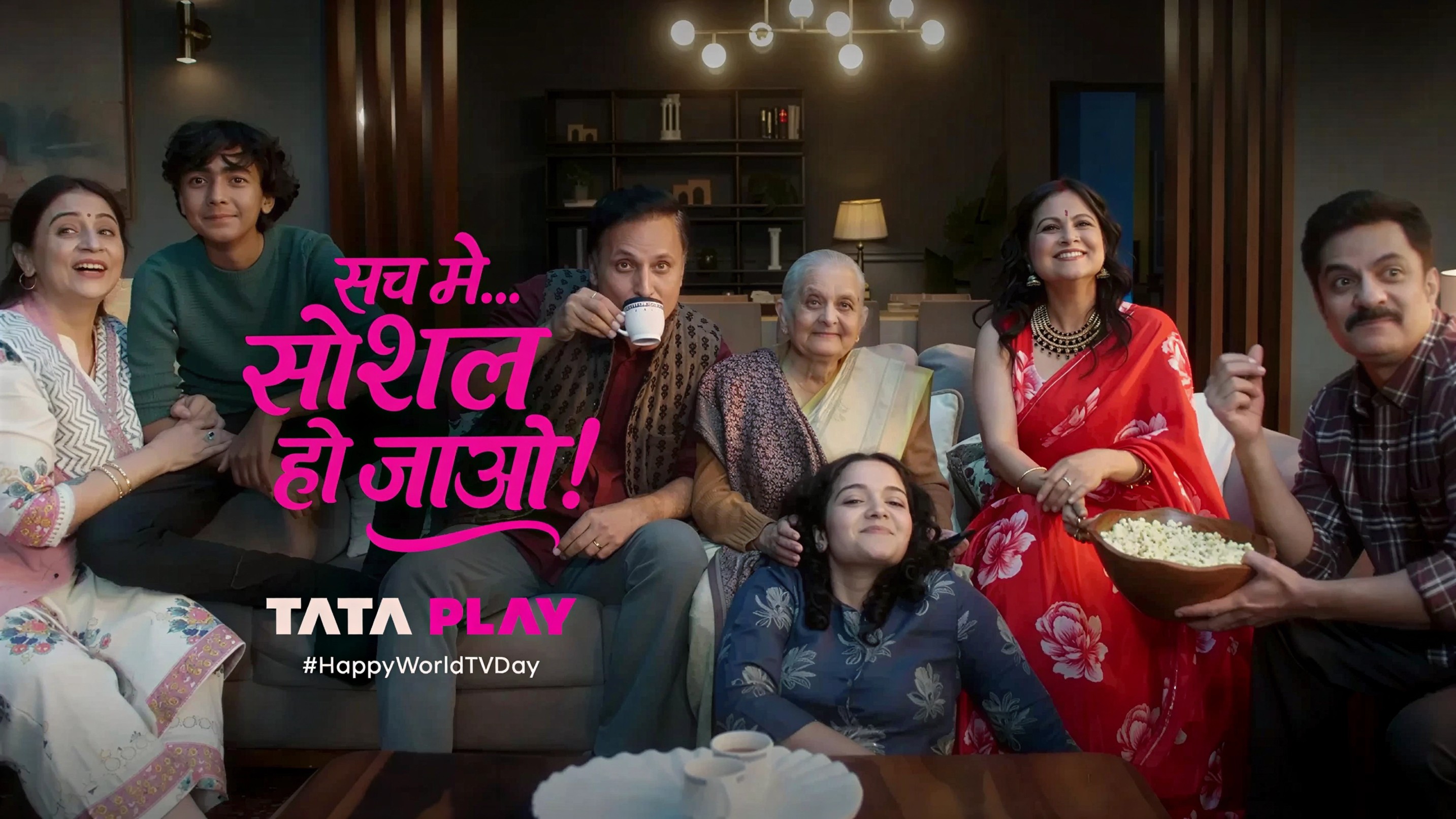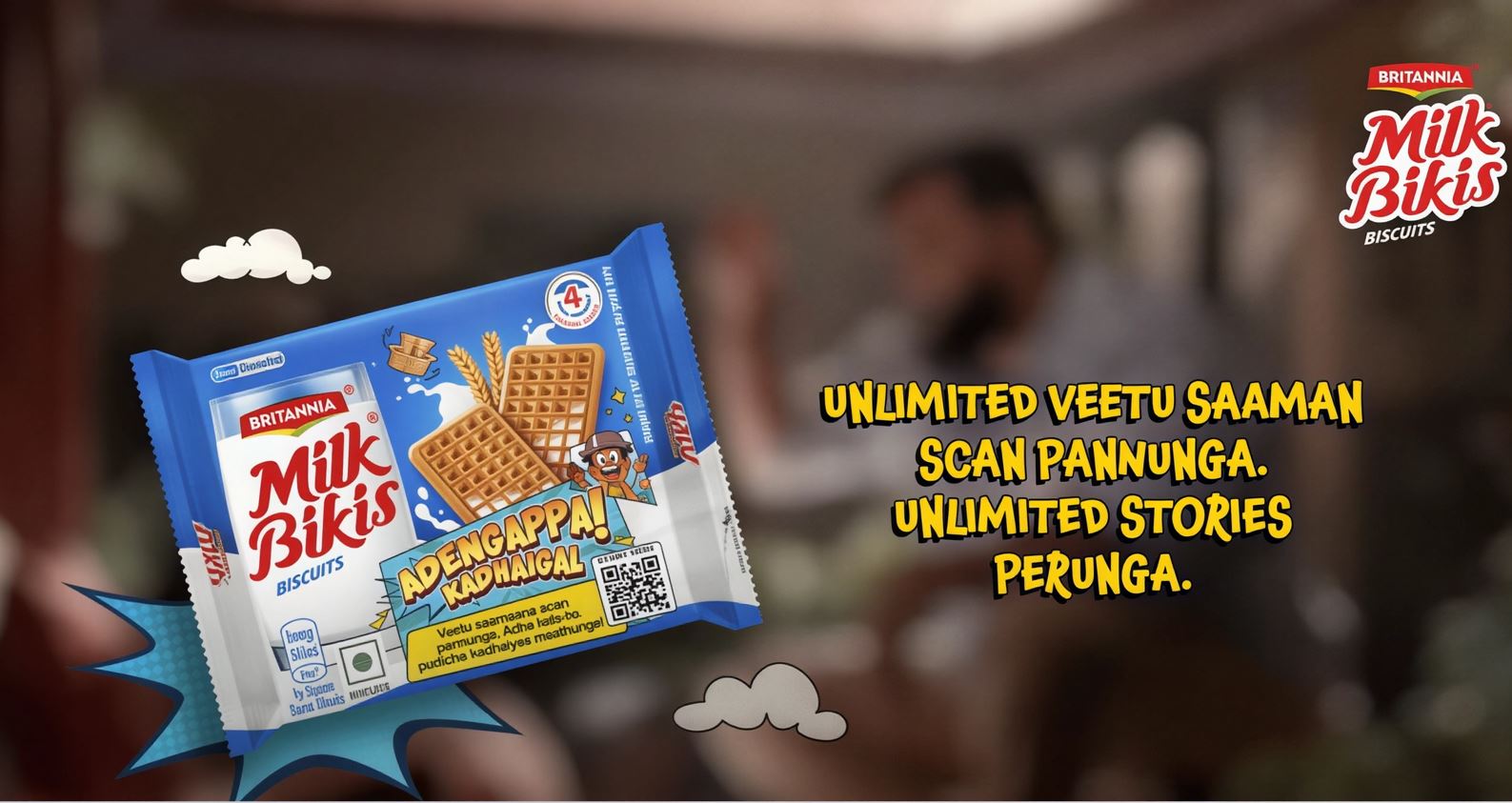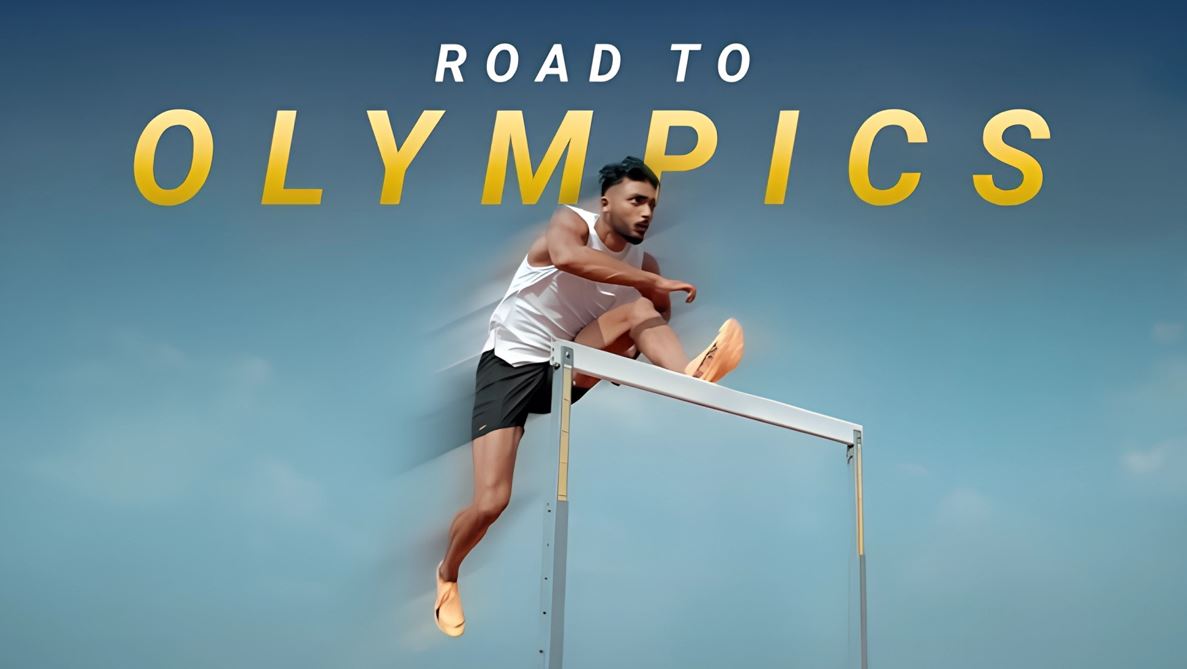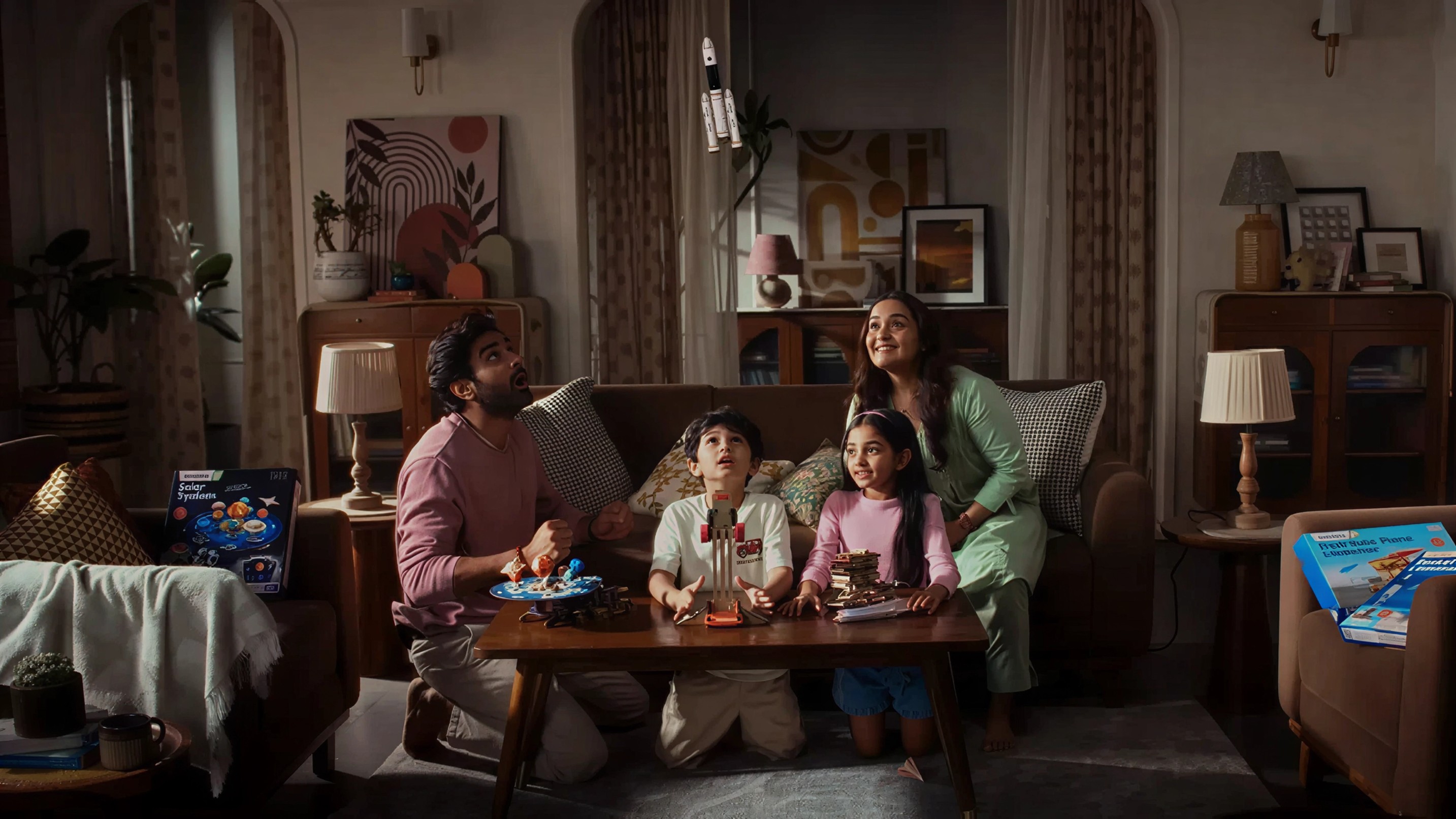On May 22, 2024, Procter & Gamble (P&G) India launched a new campaign under its CSR initiative, P&G Shiksha. The campaign, titled #StandUpForLearningGap, features standup comedian Rahul Dua. The goal is to use humour to draw attention to learning gaps in children.
Memes in the Campaign
The campaign, created by Leo Burnett, starts with two memes at Dua’s standup show. In these memes, a journalist asks simple math questions to children. The children misunderstand and give wrong answers, making the audience laugh. Then, Dua asks, “Would you laugh if it were your child in the video?” This question makes the audience think and realize that these mistakes are signs of learning gaps.
importance of Humor
Abhishek Desai, vice president category head - grooming, and head of marketing operations at P&G India, says humour can be powerful but must be used carefully. He shares that his team laughed at a meme during their work on this year’s Shiksha program. But when they were asked if they would laugh if it was their child, it made them think deeply.
Campaign's Intent
Desai explains that the campaign aims to make parents, guardians, teachers, and siblings understand the issue of learning gaps. Humor is used to set the context and help people recognize and understand the problem, encouraging them to take action.
ADVERTISEMENT
Media Mix and Reach
Desai mentions that the campaign will use various media platforms to reach a broad audience. They believe every platform has a role and plan to use social media to spread the message. Advocates and key opinion leaders will discuss the cause and raise awareness.
Long-Term Impact
P&G Shiksha has been working on reducing learning gaps for 19 years. The program started in 2005 and has helped 45 lakh children. Desai says that consistent efforts make people trust the program. The goal is to build large-scale awareness about learning gaps and get more people involved in addressing the issue.
Purpose-Driven Advertising
Purpose-driven advertising shows a brand's commitment to social, environmental, or cultural values beyond profit. Desai states that P&G uses its advertising to promote good causes. Studies show that consumers see over 5,000 ads daily, but what stands out are messages that connect with shared values.
Consumer Feedback
Desai mentions that consumers relate to causes, and many in India believe education is key to progress. This belief inspired the Shiksha program. P&G’s goal is to make a meaningful difference on the ground through purpose-driven advertising.
Goals of the Campaign
Desai emphasizes that the first step is to build awareness about learning gaps. Once people recognize the issue, they can work to address it. The campaign encourages everyone to join in making a difference, not just for their children but for all children.
ADVERTISEMENT
Impact and Credibility
Desai highlights that when efforts are sustained over time, they gain credibility. P&G Shiksha aims to continue its impact and expand its reach, ensuring more children have access to quality education.
Future Plans
The campaign is just the beginning. Desai indicates that more initiatives will follow, with continuous efforts to engage the public and drive positive change.



